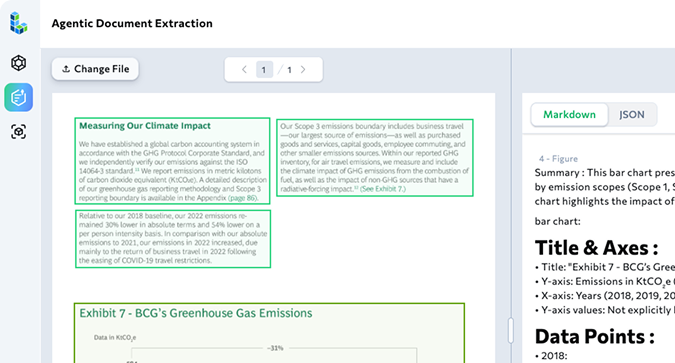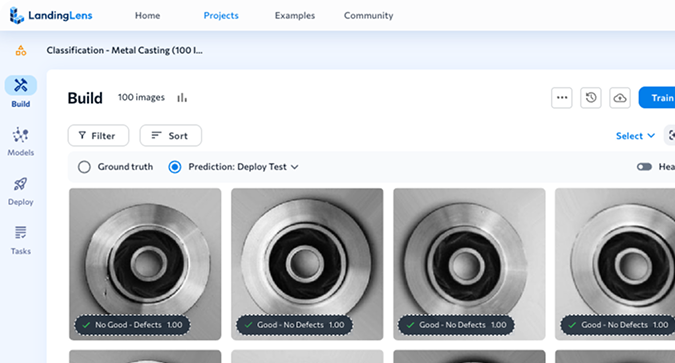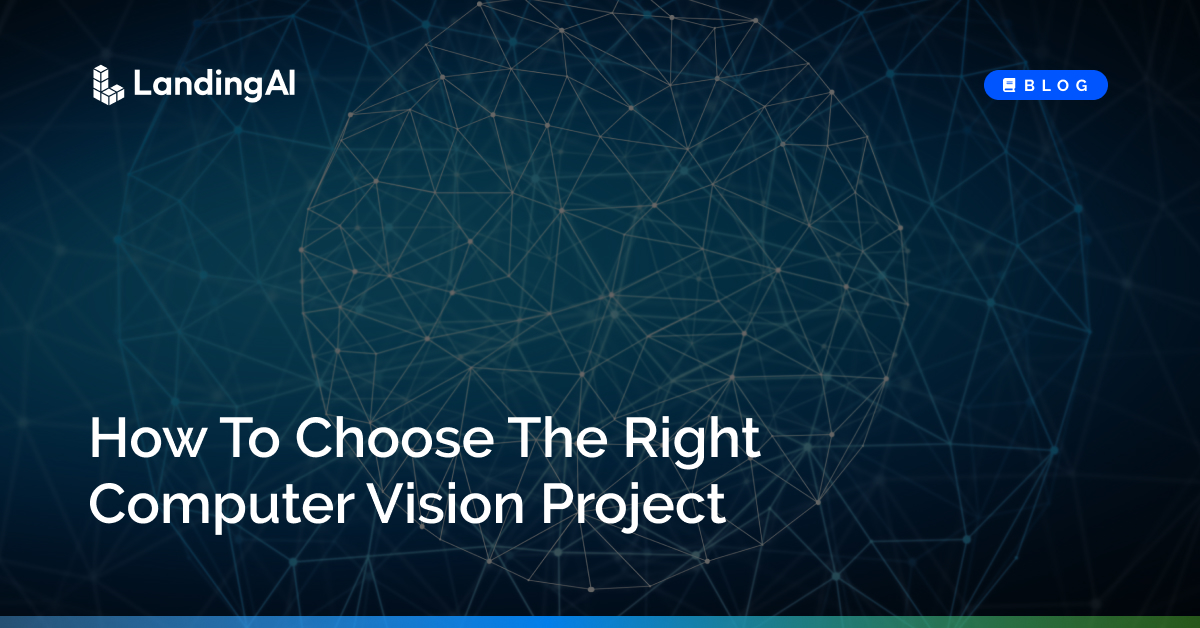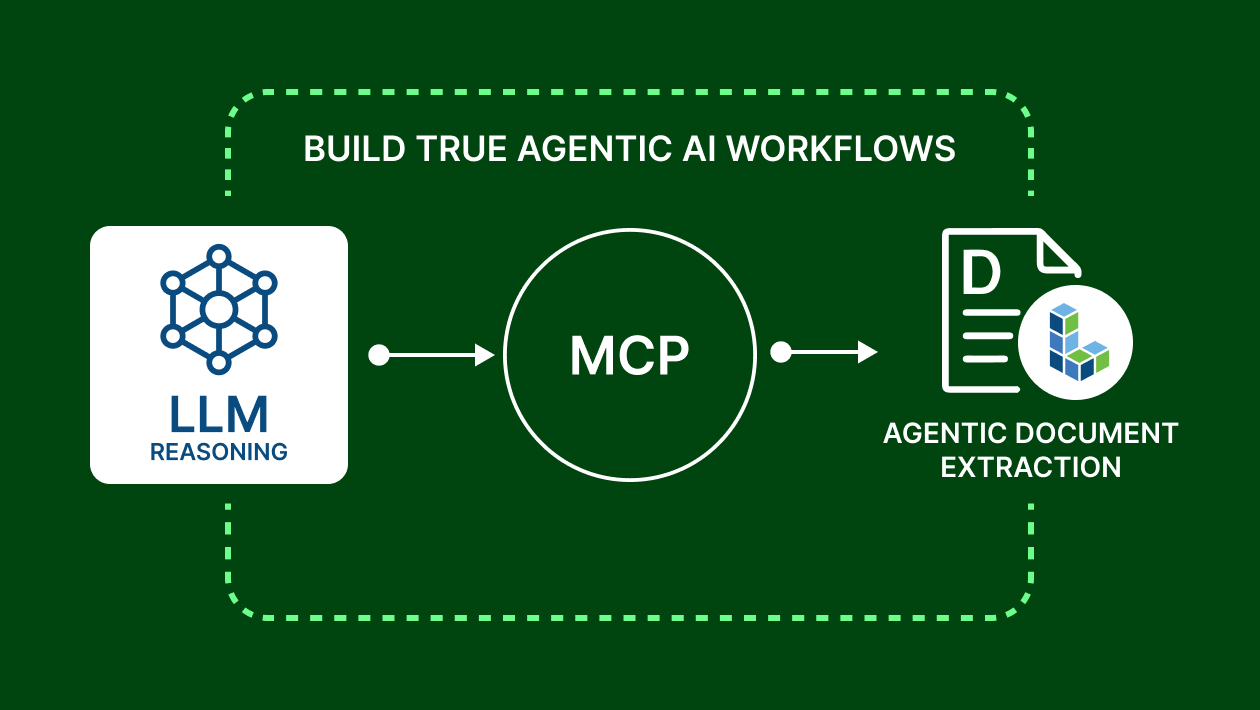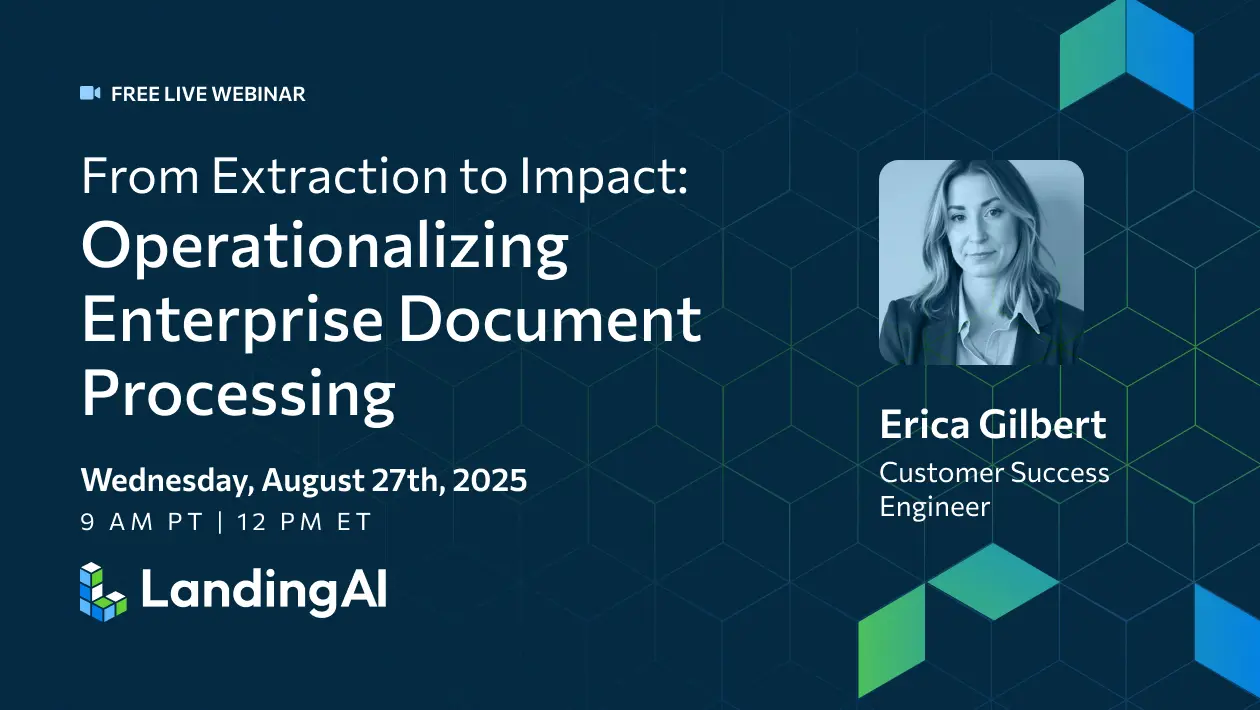- Intro
- Find a project with an ROI
- Make sure it’s a quick win
- Make sure your project is technically feasible
- Make sure it’s specific to your industry
- Acquire images to analyze
- Use a cloud-based computer vision platform
- Scale to other use cases
Intro
Computer vision(CV) – the practice of using AI to analyze images – is estimated to grow from $17 billion in 2023 to $45 billion in 2028.
Starting with a new technology can be challenging, but it doesn’t have to be. With my extensive experience in implementing computer vision for various tasks, I suggest beginning with small projects. By selecting one or two projects, you can demonstrate the value of computer vision to your company and gain hands-on experience in building a successful CV project.
Find a project with an ROI
Computer vision offers solutions to various challenges, and it is important for you to select a project that generates a measurable return on investment (ROI). There are numerous factors that influence the ROI of a project involving computer vision. Below are commonly observed factors that you should take into account:
- Enhance labor efficiency.
- Decrease product failure cost (cost of non-conformance, CONC).
- Boost production speed.
In addition to the tangible factors mentioned above, it’s important to also consider the intangible aspects that may not have a concrete measurement.
- Enhancing customer perception and satisfaction
- Optimizing yield and throughput with additional quality insights
- Improving operational efficiency for better performance
Tying a justified ROI number and payback period to your project is crucial for ensuring its successful implementation. Many projects have failed because businesses realized too late that investing in automation was not a sensible decision from the beginning.
Make sure it’s a quick win
Leverage your first CV project to jumpstart your progress. Prioritize projects that can be completed swiftly and are likely to succeed. Find a project that can reach production within a few weeks. Once you achieve a successful outcome, you can gain support for slightly more difficult projects two and three. With the momentum and knowledge gained from your first project, the subsequent ones will be much easier to handle.
Make sure your project is technically feasible
There are many factors that can impact the feasibility of a project. Ultimately, you will want to discuss with someone with expertise in the space to determine feasibility, but you can do some pre-qualification by considering a few questions
- Is it simple to obtain an image of the object I am searching for? Furthermore, can the object be consistently identified within the image? AI inspection systems require image labeling by humans for model training. Image formation plays a crucial role in this process..
- Are there sufficient physical space on the line for automation installation? What impact will installing automation have on production?
- Can the results obtained from computer vision inspections be utilized in any way? Where will the results be sent? How will the system handle faulty components?
- What is the required turnaround time for the inspection? What are the specific system requirements needed to fulfill the requirement?
Make sure it’s specific to your industry
When selecting a project for your company, it is important to choose one that is specific to your industry in order to demonstrate its value to internal stakeholders. For instance, if you are in the medical devices business, creating a security project to identify employees after hours would not be a wise choice for two reasons: (1) There is a higher possibility that someone else will develop a comprehensive CV security platform that serves a larger user base and outperforms your in-house project, possibly even at a lower cost; (2) This project is less likely to convince the rest of your company to invest in AI compared to a pilot project that applies CV technology to medical devices. Instead, it would be more valuable to focus on building a healthcare-specific system, such as using CV for defect detection or final assembly verification.
Acquire images to analyze
One of the biggest challenges for first-time CV projects is selecting the right project. If you decide to automate a visual inspection process that is currently done manually, it’s likely that you don’t currently have the equipment to acquire images as part of your daily processes. In order to create a reliable image for a production-grade solution, you will need to invest in the necessary equipment. Fortunately, there are numerous resources available to assist with this step, including industrial camera vendors and system integrators. You can find some of these resources at https://landing.ai/partners/.
Use a cloud-based computer vision platform
Investing time and money to create custom CV tools in-house is a common choice for many companies. However, in most cases, there are readily available end-to-end tools that are more efficient and cost-effective. It’s been observed that homegrown solutions often require a larger investment than anticipated, are challenging to maintain in the long run, and struggle to scale as new use cases arise.
On the other hand, using a tool like LandingLens allows companies to get started immediately. By leveraging a top-notch tool, 1) you can achieve success quickly, 2) eliminate the need to buy hardware for training and running models, 3) and easily expand to other use cases without additional hardware or model development.
Next Steps
A strategic plan is crucial for your initial computer vision project in order to achieve success. At LandingAI, we are dedicated to assisting you throughout the process. Begin your journey with LandingLens platform for free, or reach out to our team for personalized guidance in selecting the perfect project.
